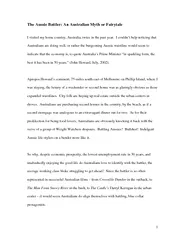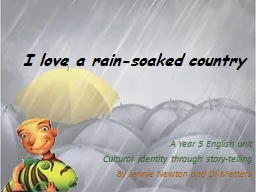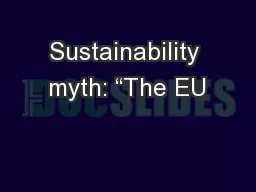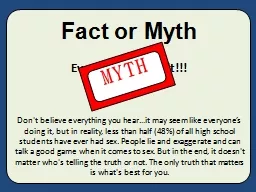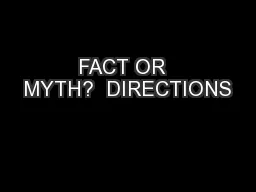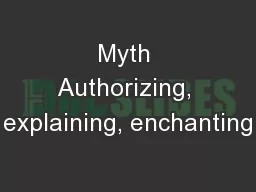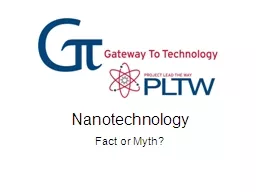PDF-The Aussie Battler An Australian Myth or Fairytale I v
Author : olivia-moreira | Published Date : 2015-05-04
I couldnt help noticing that Australians are doing well or rather the burgeoning Aussie waistline would seem to indicate that the economy is to quote Australias
Presentation Embed Code
Download Presentation
Download Presentation The PPT/PDF document "The Aussie Battler An Australian Myth or..." is the property of its rightful owner. Permission is granted to download and print the materials on this website for personal, non-commercial use only, and to display it on your personal computer provided you do not modify the materials and that you retain all copyright notices contained in the materials. By downloading content from our website, you accept the terms of this agreement.
The Aussie Battler An Australian Myth or Fairytale I v: Transcript
Download Rules Of Document
"The Aussie Battler An Australian Myth or Fairytale I v"The content belongs to its owner. You may download and print it for personal use, without modification, and keep all copyright notices. By downloading, you agree to these terms.
Related Documents

